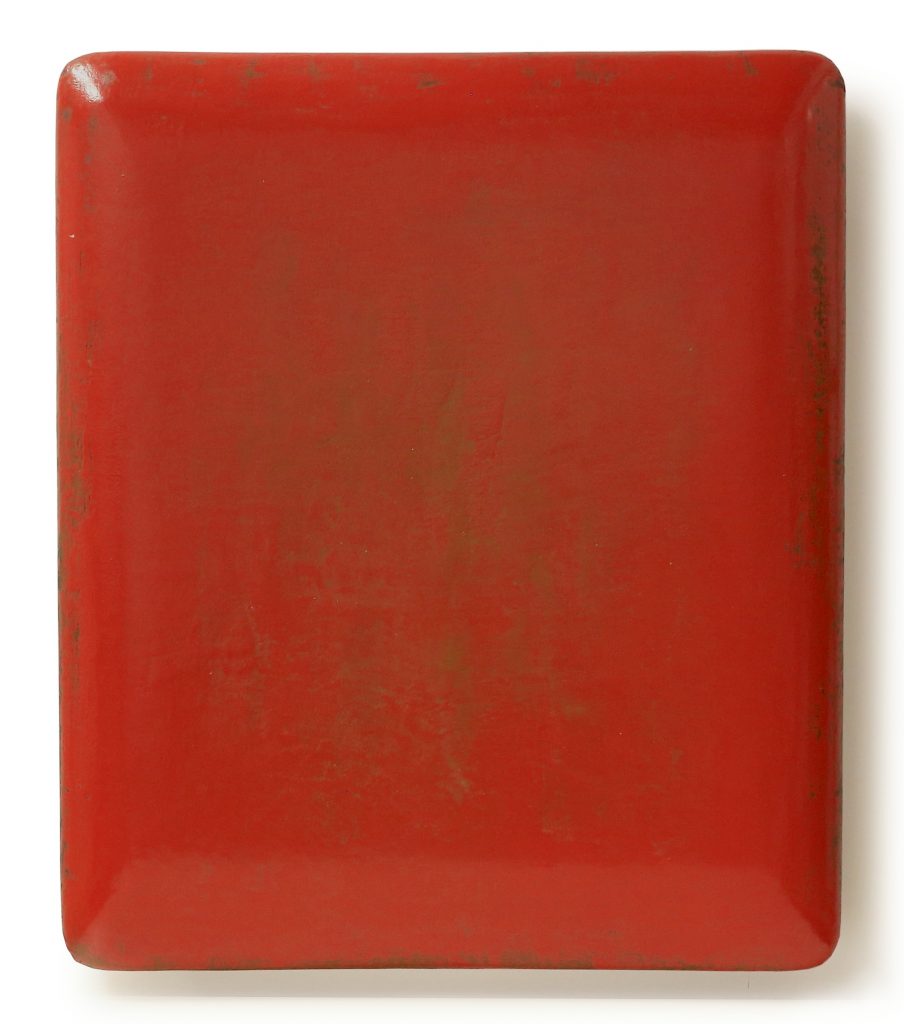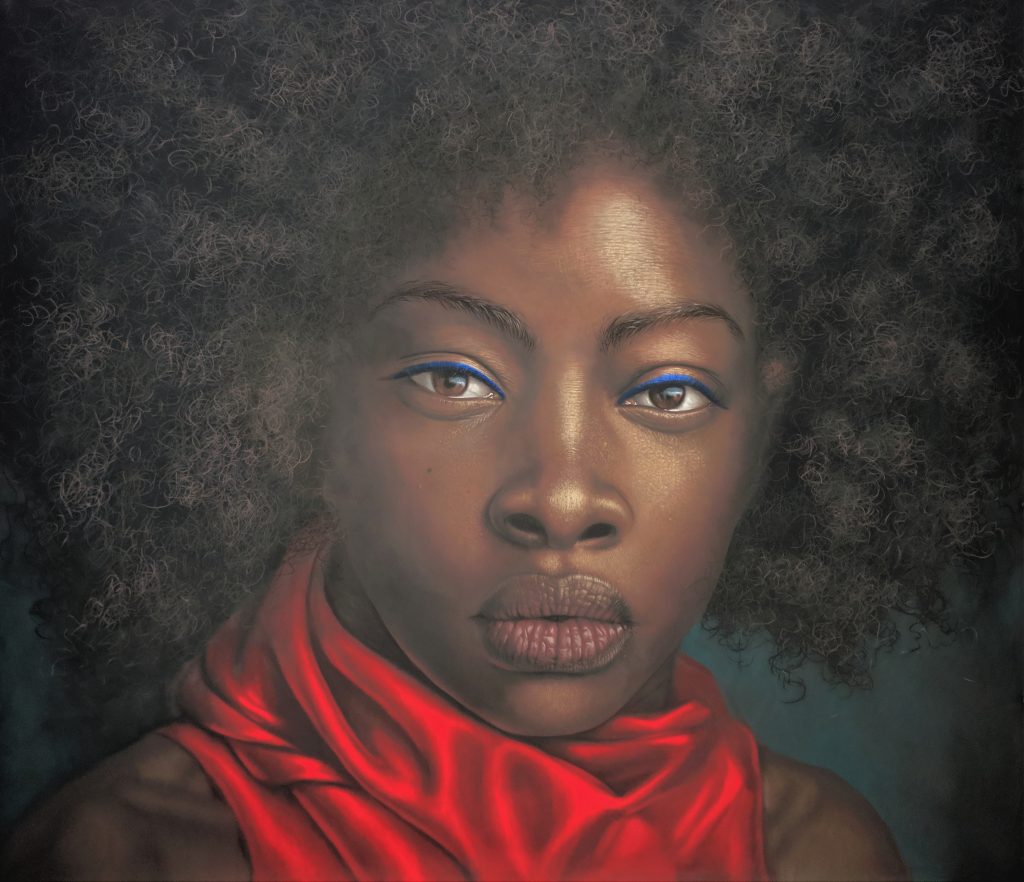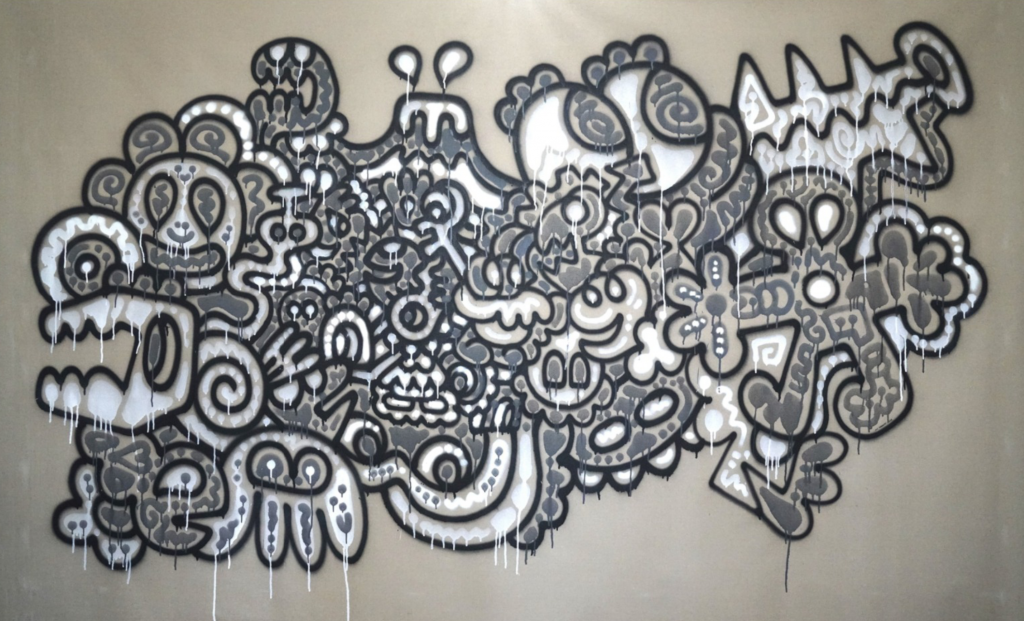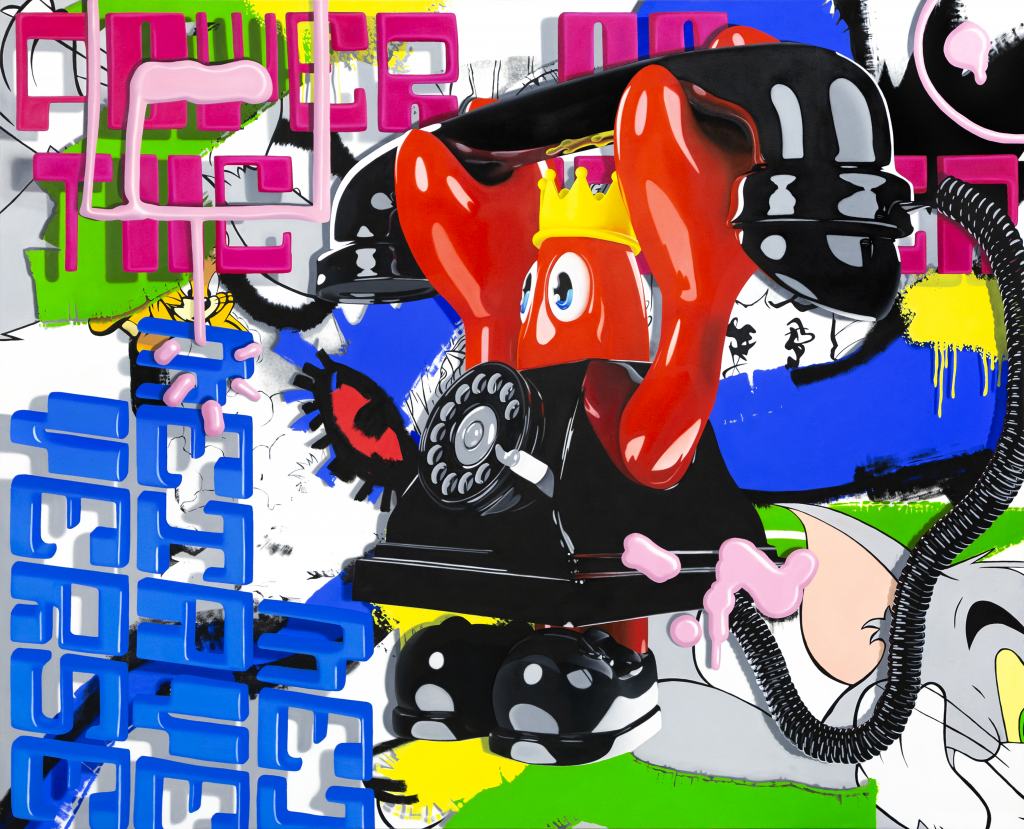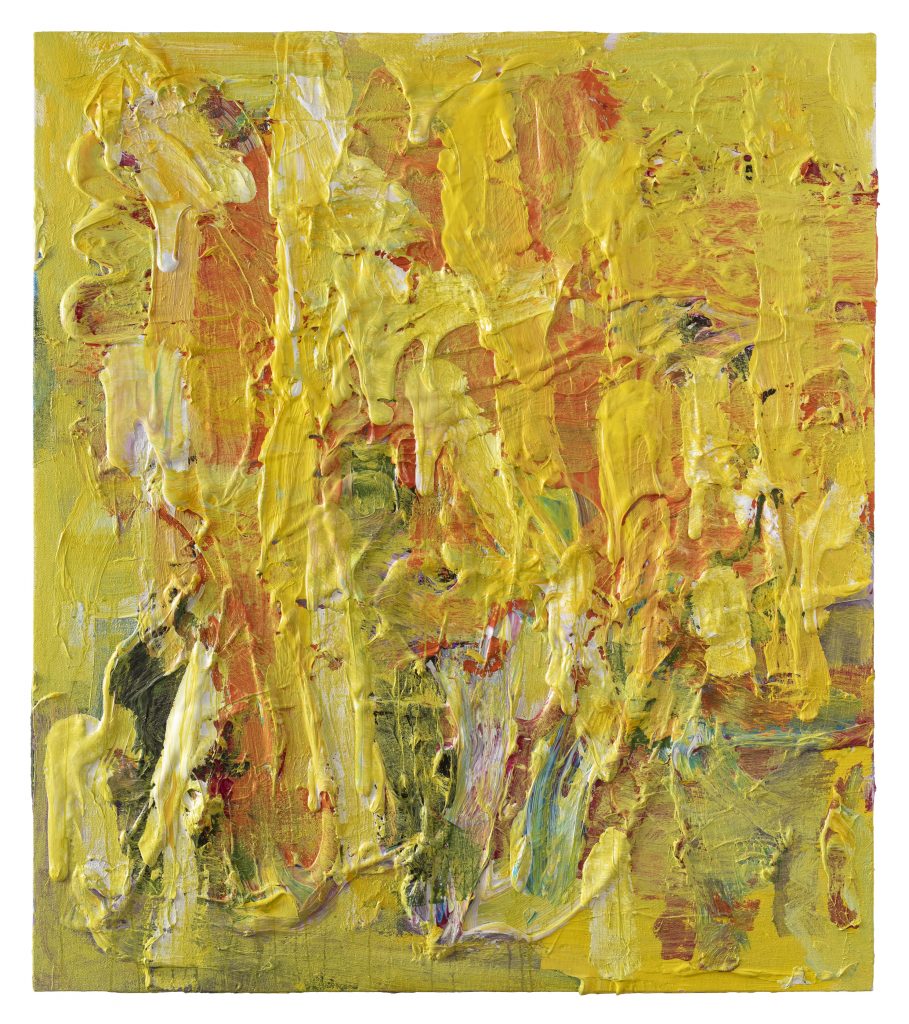West Bund Art & Design 2022
About the fair
10 November–13 November, 2022
West Bund Art Center, No. 2555 Longteng Avenue, Shanghai, China
Stand A103
Shanghai—Pearl Lam Galleries is delighted to announce its participation in the ninth edition of West Bund Art & Design, where the gallery will be presenting a variety of artworks by artists from different generations and cultural backgrounds. Exhibiting artists include Philip Colbert (b. 1979, Scotland), John Copeland (b. 1976, USA), Mr Doodle (b. 1994, UK), Ni Zhiqi (b. 1957, China), Babajide Olatunji (b. 1989, Nigeria), Cynthia Polsky (b. 1939, USA), Su Xiaobai (b. 1949, China), and Zhu Jinshi (b. 1954, China).
On display will be several iconic works by London-based hyper-pop artist Philip Colbert, including his masterful pop history paintings, functional sculptures, and a giant lobster inflatable. Colbert has created a global following for his cartoon lobster persona, reimagining pop symbols as a costume for the lobster, and constantly reinventing canonical works. Flower Studies from the Lobster Land Museum pays homage to Warhol’s iconic flower series and recontextualizes it within Colbert’s digital Metaverse Lobsteropolis. The artist says, “I love the juxtaposition of the shiny, toy-like, ‘productified’ Warhol flowers against the prickly cactus thorns of Lobster Land.” His collaboration series powerfully explores the patterns of contemporary digital culture and its relationship with a deeper art historical dialogue. On display as part of the fair’s xiàn châng section, a 12-metre-high lobster taps into the genesis of Duchamp’s readymade in inflatable form, paying homage to its lineage while simultaneously drawing on art historical references such as Claes Oldenburg’s soft sculptures.
The gallery will be exhibiting work by Brooklyn-based artist John Copeland for the first time at West Bund Art & Design. Copeland’s style is based on abstract expressionism and neo-expressionism; his visceral oil paintings presented at the stand are both representational and abstract. They feature paintings within paintings, as the artist depicts amorphic figures viewing abstract artwork, showing a meta postmodern awareness of both the image and what relatable figures are or aren’t doing. The paintings within his works often play with mirroring the subject and how they see themselves or perhaps how we see ourselves or something in between. It is something we can’t quite put our fingers on. Copeland says, “I’m concerned with the dynamic between surface and undercurrent, myths and realities. All of my work plays with the act of viewing and being aware of the act of viewing in terms of our collective visual culture and the images we see with every day.”
Mr Doodle began consuming the Earth’s surface with doodles when he was born in 1994. He started out covering his parents’ furniture with doodles and eventually his whole bedroom until he realized his home wasn’t a big enough canvas. He has said, “I want my work to consume as much of the planet as it can.” Unlike the work of Keith Haring, whom he is often compared to, Mr Doodle’s works are not political. Instead, he aims to create a happy visual language in which all audiences can immerse themselves. One of the artist’s larger works on display is Wire Ocean, which explores his idea of ‘Abstract Doodlism’ with loose shapes not based on any recognizable objects. The spray paint on canvas work gets its name from its wild, curly lines, almost like barbed wire, and areas of density that are similar to sea foam caused by crashing waves. Earlier this year, Mr Doodle had his first Shanghai solo exhibition at K11.
Shanghai-based Ni Zhiqi captures the non-referential manifestation of perception by combining painting and collage and using muted hues in a layered treatment. The artist will be exhibiting two of his Universe mixed media works, which are a continuation of his Vacuum series and express his latest thoughts. Ni extracts different layers of perception between the geometrical variations in his compositions, watching the universe between the squares and embodying the vastness, boundlessness, and unpredictability in the details. While paying attention to the colour and texture of the material, the artist creates works that encourage viewers to reflect on the infinite.
Self-taught London-based Nigerian-born Babajide Olatunji will present his hyperrealist pastel and acrylic portraits from his Tribal Marks series, which explores the age-old practice of facial scarification for identification and caste classification purposes by ethnic rural tribes in Nigeria. Although his subjects are fictional, Olatunji composites facial features from different people, some of whom he has come across in everyday life. The portraits are informed by the artist’s interactions and discussions with carriers of the marks, which are also signifiers of tribal heritage. Through his work and study of Nigerian culture, Olatunji tries to understand how globalization has affected our identity and how it continues to change us across generations.
Saturated with colour and characterized by a scenic quality, Cynthia Polsky’s abstract paintings are informed by her training in dance and inspired by music; her works have a spiritual quality. Working in the 1960s and 1970s and with influence from Jackson Pollock like other artists at that time, Polsky’s works provide a different trajectory for the aesthetic of Abstract Expressionism that rose to notoriety in the West. Her artworks reflect the artist’s personal interest in aestheticism and techniques of South and East Asia including Zen painting from Chinese art and the colour palette of Indian art. The artist reflected qualities and aspects of Chinese landscape painting and calligraphy into her works. With a unique perspective on art, Polsky’s subject matter and formal approach were a departure from the traditional West-centric art historical narrative of the period. Bloomsbury depicts the artist’s unique palette rooted in the emotive and symbolic use of colour within Indian painting. The work captures a sense of movement on the canvas through a broad and expansive field of broken colour.
Su Xiaobai has developed a sensuous yet rigorous art that defies classification, and yet whose own chosen medium, lacquer, is steeped in Chinese history, focusing on colour, shape, and texture of works. His arresting and compelling art engages both with the language of Western abstract art and with the traditions of Chinese philosophy including the Buddhist Sutra. His pieces embody the idea of “everything is nothing, nothing is everything”. From shell-like finishes to sensuous, curved profiles and abraded textures, these works exist entirely on their own terms, possessing their own history, character, and independent existence. At West Bund, the artist will show Red Concubine and Kuanhou—Peaceful No. 2, where there are subtle changes in the layers and textures in the red and black monochrome lacquer, presenting a warm, thick, and overall steady texture. Su’s works emanate a calm and mysterious atmosphere.
Zhu Jinshi was a pioneer of Chinese abstract art in the early 1980s. He lived in Berlin in the 1990s, where he turned to installation art, and he returned to painting in 2000. On show will be several of Zhu’s signature abstract thick paintings, including Beating the Riverbank · Appearance of Black Dragon. The thick pigment and extremely saturated colours overlap with dense, yellow and brown blocks of paint inserted at intervals. Amidst the colour, there is a black dragon hiding in the abyss, much like the “hidden dragon in deep water” warning from the Book of Changes. If life is at a low point and the black dragon leaps into the sky, it undoubtedly signifies the courage to dare to pull oneself up. Zhu believes that the narrative of abstract painting is from one’s imagination and can lead others to infinitely magnify their senses.


